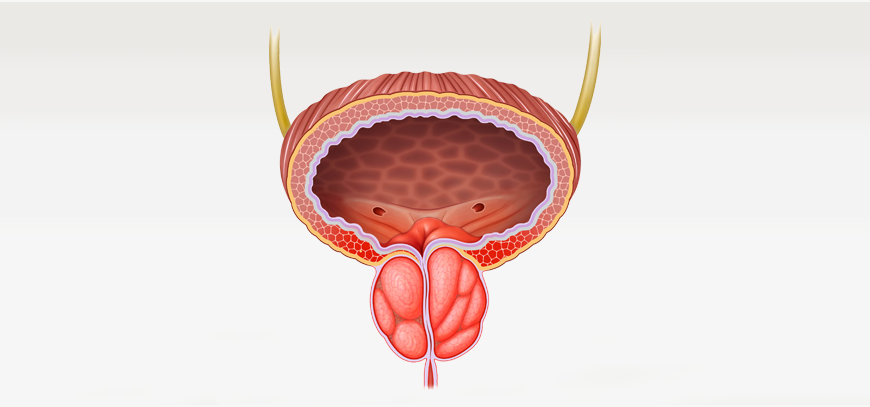Working Time
- Mon-Thu 08:00 – 20:00
Friday 07:00 – 22:00
Saturday 08:00 – 18:00
Contact Info
-
Phone: 92-3324520052
92-3310232883
Ask the Experts
Prostate Artery Embolization for Benign Prostatic Hyperplasia

IRCC Pakistan offers men prostate artery embolization (PAE) for severe lower urinary tract symptoms caused by benign prostatic hyperplasia (an enlarged prostate). PAE is a minimally invasive procedure alternative to surgery.
The PAE procedure is for candidates who are either ineligible or not interested in traditional surgery. An exam with an interventional radiologist can determine if you are a candidate for PAE. At this appointment, you may be asked how often you have urinary symptoms of BPH, how severe they are, and how much they affect your quality of life.
What is a Prostatic Artery Embolization?
Prostatic artery embolization (PAE) is a minimally invasive treatment that helps improve lower urinary tract symptoms caused by a benign prostatic hyperplasia (BPH). BPH is a noncancerous enlargement of the prostate gland and is the most common benign tumor found in men.
The PAE procedure is performed by an interventional radiologist (IR), a doctor who uses fluoroscopy and other advanced imaging to see inside the body and treat conditions without surgery.
PAE is a technique for blocking blood flow to the prostate by deploying microspheres particles into the prostate arteries. With reduced blood flow to the prostate, the prostate shrinks, relieving symptoms.
Why have Prostatic Artery Embolization?
As the prostate gets bigger, it may constrict or partly block the urethra, causing lower urinary tract symptoms such as:
-
Urinary incontinence, which can range from some leaking to complete loss of bladder control
-
Irritative voiding symptoms
-
Increased urinary frequency, urgency, and pain upon urination
For some patients, these symptoms interfere with their quality of life.
Who Is a Candidate for PAE?
Candidates for the procedure typically meet the following:
-
Are between the age of 50 and 85
-
Have lower urinary tract symptoms such as difficulty urinating, frequent urination or urinary retention requiring catheterization, caused by an enlarged prostate
-
Have tried but not responded to six months of medication therapy or have significant side effects from medication such as dizziness, fatigue or sexual dysfunction
-
Have been screened for prostate cancer risk, including a prostate-specific antigen (PSA) test
How do I know if Prostatic Artery Embolization is right for me?
The PAE procedure is for candidates who are either ineligible or not interested in traditional surgery. An exam with an interventional radiologist can determine if you are a candidate for PAE. At this appointment, you may be asked how often you have urinary symptoms of BPH, how severe they are, and how much they affect your quality of life.
Benefits of PAE
Some potential advantages of PAE include:
-
No hospitalization.
-
The procedure is performed in an interventional radiology suite with the patient under conscious sedation.
-
Patients are typically discharged three hours after the procedure.
-
Minimal pain.
-
The procedure requires a small incision in the thigh or wrist only. Patients experience minimal discomfort during the procedure.
If you are an adult male who has been diagnosed with a prostate, surgery is not your only option. Our IR physicians at IRCC Pakistan treat men with enlarged prostate using prostatic artery embolization, a minimally invasive procedure performed at many of our locations. Our interventional radiologist and clinical staff at our outpatient vascular centers combine medical expertise and compassion to guide you through your prostatic artery embolization treatment journey every step of the way, providing symptomatic relief and getting you back by improving your quality of life.

